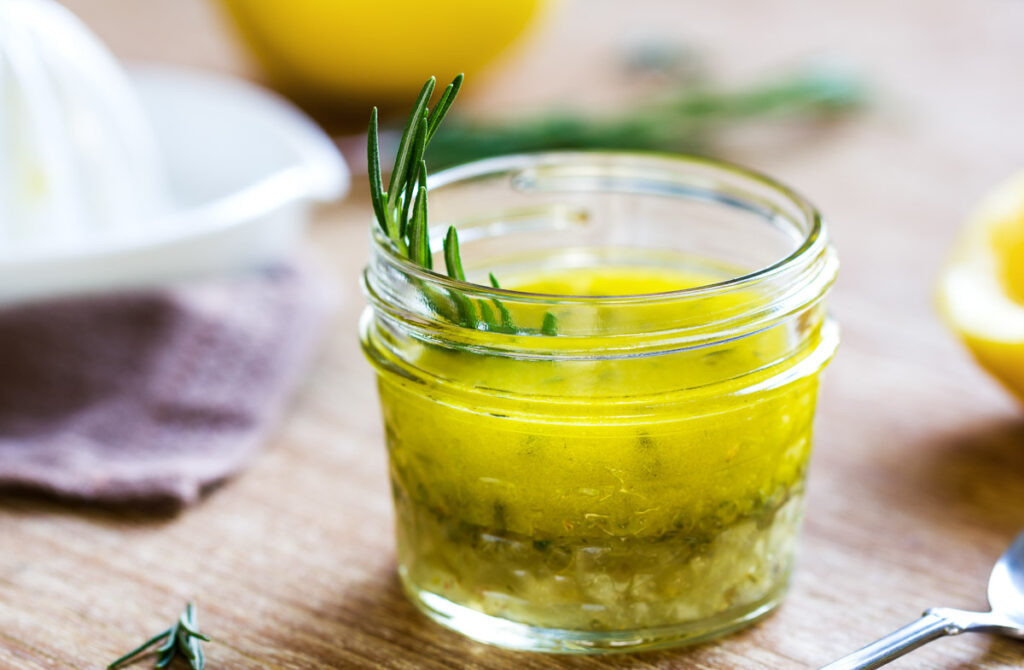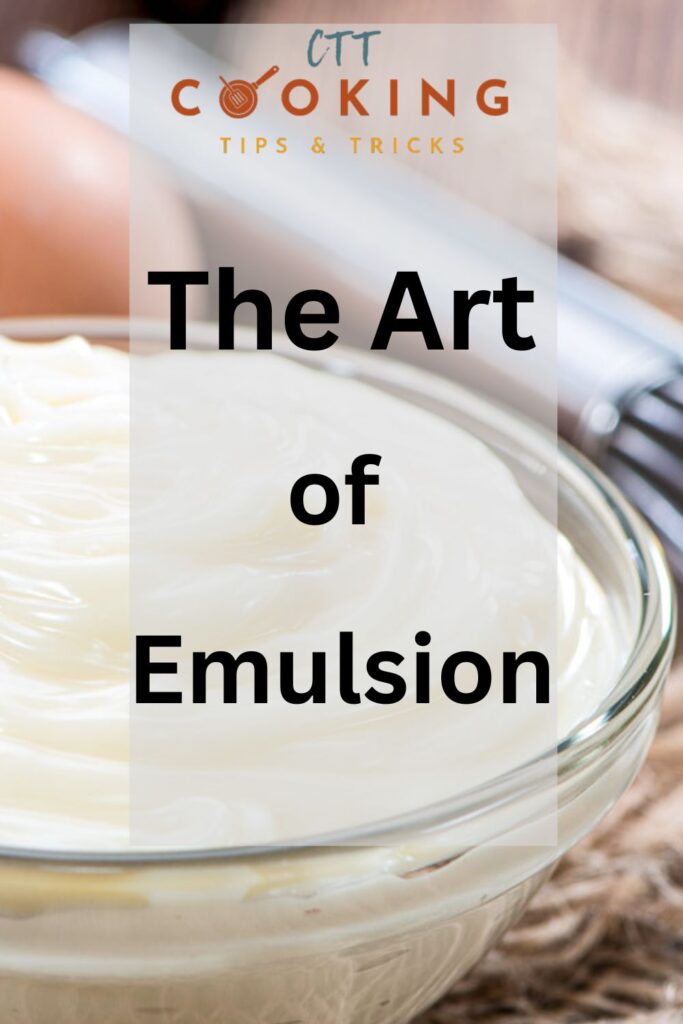From Mayonnaise to Vinaigrettes: Emulsifying Doesn’t Have to be Mystifying
Emulsification is a fundamental culinary technique that plays an important role in creating a range of sauces, dressings, and creamy delights. Whether you’re a seasoned chef or a home cook looking to kick up your cooking game, understanding the art and science of emulsification can make a significant difference in your cooking skills.

In this comprehensive guide, we’ll look into the fascinating world of emulsification, learning its principles, common mistakes, and how to succeed even without high-tech equipment. So, let’s get right to it and demystify the magic of emulsification.
The basics of emulsification
Emulsify: At its core, emulsification is the process of combining two unmixable liquids, typically oil and water, into a stable, creamy mixture. This skill is important for creating smooth and cohesive textures in various dishes.
Emulsion: The result of emulsification is called an “emulsion,” a complete blend of two substances that would otherwise repel each other.
Food science: Emulsification is rooted in science, as it relies on the principles of molecular interactions between hydrophobic (water-repelling) and hydrophilic (water-attracting) molecules.
Common emulsifying ingredients
You’ll often require specific emulsifying agents or stabilizers to achieve a successful emulsion. Here are some key players in the emulsification game:
Lecithin: Found naturally in egg yolks, lecithin is a common emulsifier that helps create stable emulsions. It’s the secret behind the creamy texture of mayonnaise.
Xanthan gum and guar gum: These plant-based stabilizers are often used in vegan and gluten-free recipes to achieve the desired consistency in sauces and dressings.
Emulsification techniques
Now that we’ve covered the basics, let’s look at various techniques to emulsify your cooking creations.
Whisking
One of the oldest methods, whisking, involves vigorous stirring to combine oil and water. It’s effective for making salad dressings and vinaigrettes.
Using a blender
A high-speed blender can effortlessly emulsify ingredients, making it ideal for creating creamy soups and smoothies.
Food processor
This versatile appliance is excellent for making mayonnaise and other thick sauces.

Common mistakes to avoid
Emulsification can be tricky, and even well-seasoned chefs make mistakes. Here are some common blunders to watch out for:
Adding oil too quickly
Pouring oil too fast while emulsifying can cause the mixture to break and separate.
Using cold ingredients
Ensure your ingredients are at room temperature, as cold ingredients can hinder emulsification. This is except when making mayonnaise when cold egg yolks will simplify making a creamier emulsion.
Not using an emulsifier
Your emulsion may not hold together without an emulsifying agent like lecithin or gums.

Vegan emulsification
Vegan cooking often requires alternatives to traditional emulsifiers like eggs. To achieve creamy vegan emulsions, you can use ingredients like aquafaba (chickpea brine) or mustard.
Choosing the right emulsifier
Selecting the appropriate emulsifying agent depends on your recipe and dietary preferences. Consider factors like taste, texture, and dietary restrictions when choosing.
The science behind emulsification
Emulsification is all about creating stable mixtures through the balance of hydrophilic and hydrophobic molecules. Understanding these principles can help you troubleshoot and perfect your emulsions.
Emulsification is a cooking skill that bridges the gap between oil and water, enabling us to create an array of delicious sauces, dressings, and more. With a knowledge of emulsification principles and techniques, you can confidently embark on a creative cooking quest, finding new flavors and textures with each emulsified creation.
Transitioning from the theatrical stage with her BA in theater to the culinary world, Elaine Benoit exemplifies how passion can reshape a career. As the CEO of Dishes Delish, she skillfully combines health-conscious and soul-satisfying recipes with expertly mixed cocktails. Elaine also explores the world of food through her podcast "Dishing," sharing her gastronomic journeys. Further, as a co-owner of Food Blogger Help, she dedicates herself to mentoring emerging food bloggers, offering them the tools for success. Elaine's multifaceted background, from acting to culinary arts, positions her as a guiding light in the digital food sphere.

